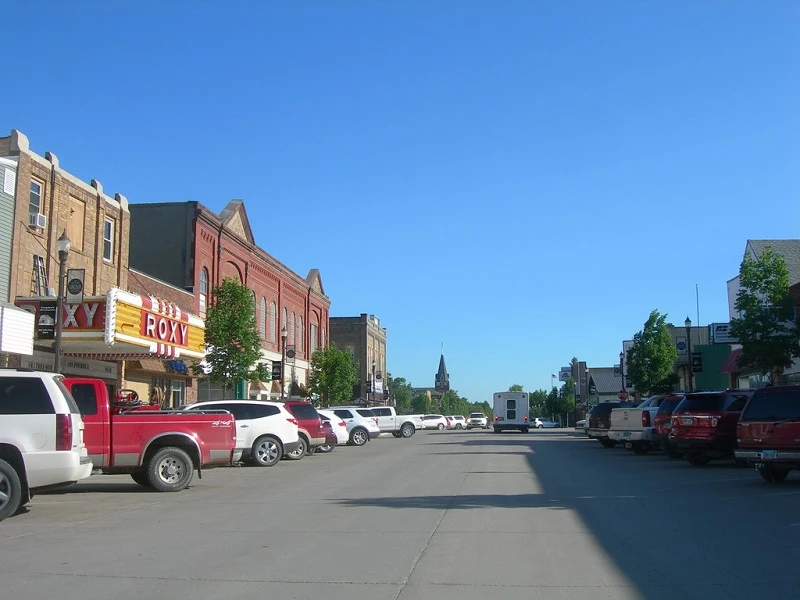
When we talk about nature in the United States, the beauty of North Dakota is underrepresented. The majority of this breathtaking beauty is found in North Dakota’s state and national parks, providing a wealth of outdoor activities.
But more than simply the Badlands, wide plains, and glistening lakes contribute to the fame of these parks. Many are the foundation of regional and governmental history.
These protected areas serve as a platform for the history of Native Americans, Sacagawea, Lewis and Clark, the Pioneer Era, and important fur trading centers.
The Dakotas may be the least well-known region in the nation because most people don’t know anything about it.
These two Great Plains states, which are crucial to the agricultural sector today, also held significant significance for the Indigenous peoples who formerly called them home as well as for subsequent settlers and explorers.
The national parks in North Dakota work to preserve the most significant aspect of Dakota heritage. These might be anything from the undulating plains to ancient pathways that link places of cultural significance.
5 National Parks in North Dakota
- Theodore Roosevelt National Park
- Fort Union Trading Post National Park
- Knife River Indian Villages National Historic Site
- North Country National Scenic Trail
- Lewis & Clark National Historic Trail
Theodore Roosevelt National Park
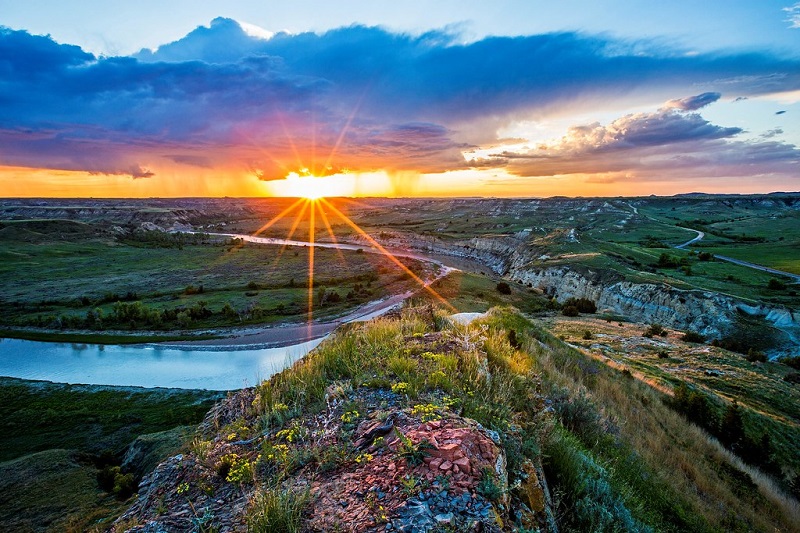
The Theodore Roosevelt National Park is located near Medora, North Dakota, where the Badlands meet the Great Plains. This national park, which consists of three distinct geographic regions, is exceptional in that it is one of just a few of parks that bear a single individual’s name.
The park’s 70,446 acres (28,508 hectares) include a variety of unique physical settings, such as the beautiful Badlands, flowing rivers, amazing canyons, and an abundance of amazing animals and birds.
The cost to access the park is $30 per car. The “America the Beautiful Pass” grants you free entrance to national parks, forests, and monuments to almost 2,000 locations after the initial $79 fee if you just want to visit a few U.S. national parks.
Around 65 million years ago, this national park was a marshy wetland known for its diverse fish and reptile species. This beautiful layered colorful silt that you can see now was made by layers of different colored boulders and ash from frequent volcanic eruptions that filled the wetlands.
Over time, the Badlands were home to numerous Native Americans. The area where Theodore Roosevelt National Park presently stands was once home to the Hidatsa and Mandan tribes, who also engaged in hunting.
They utilized the park as a place to hunt bison and eagles. The region was termed “mako sica” by the nearby Lakota tribe, which gave rise to the phrase “badlands” in English. If you only have time to visit one national park in North Dakota, make sure it’s Theodore Roosevelt National Park since it’s the greatest.
Theodore Roosevelt, who served as the 26th President of the United States and was well-known for his conservation efforts, is honoured by the park’s name.
Roosevelt was initially drawn to the region as an investor in a ranch along the Little Missouri River, and after a few years, he became deeply involved in the North Dakota ranching industry.
Roosevelt’s memorial was chosen to memorialize his stay in the state and was built in Medora after his death in 1919.
However, because the 1.2 million acre idea was on extremely valuable property at the time, many cow ranchers objected. But because of the Great Depression and the drying up of the land during the 1930s, ranchers were obliged to surrender their land to the government.
The Theodore Roosevelt National Wildlife Refuge and US Fish & Wildlife were established in 1946.
President Jimmy Carter didn’t formally designate the region as Theodore Roosevelt National Park until 1978. The park offers a wide variety of sights, and those who enjoy nature will adore the landscapes and wildlife. Some of the must-see items are listed below.
To see the bison, America’s emblematic animal, you must go to the park. People only associate the bald eagle as the USA national animal however, the bison takes pride in its position as the U.S.’s national mammal.
Fort Union Trading Post National Park
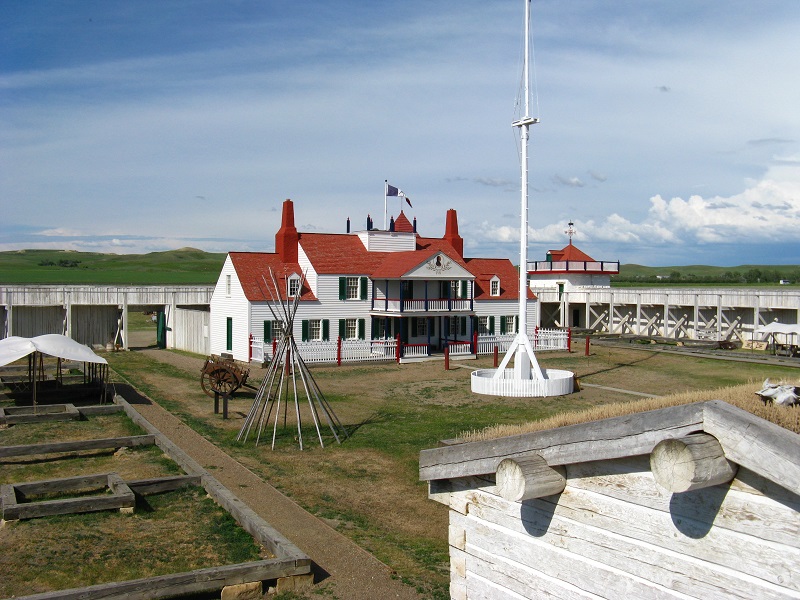
Near the boundary between North Dakota and Montana lies the Fort Union Trading Post NHS. The park is available for exploration year-round and features a visitor centre and a fort that has been rebuilt.
In 1828, the American Fur Company built Fort Union. The fort was constructed in order to trade blankets, fabric, knives, beads, and kitchenware for furs from tribes living on the Northern Plains. The fort operated until 1867.
A recreation of the fort at Fort Union Trading Post NHS was made using archaeological data. The timber and resources from the fort were utilised to help develop adjacent Fort Buford, a US Army station, after the fort was abandoned.
The Bourgeois House, which contains the park’s visitor centre, trading house, and hiking path, is open to visitors.
Knife River Indian Villages National Historic Site
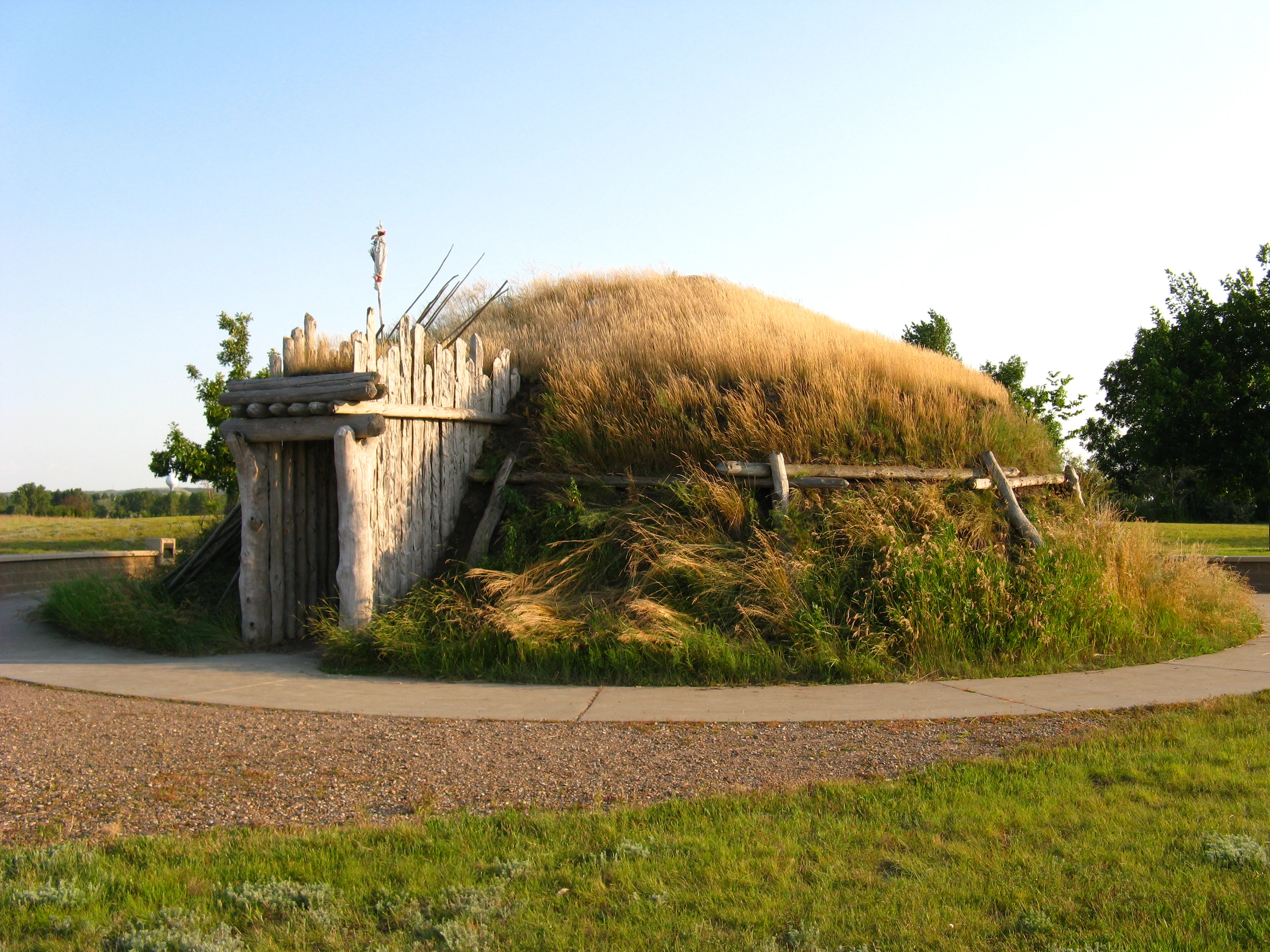
About 60 miles northwest of Bismark, in Central North Dakota, is the Knife River Indian Villages NHS. The park is available all year long and provides access to a tourist centre and rebuilt Indian earth lodge.
During the early nineteenth century, a population of 4,500 Hidatsa and Mandan Indians resided at the junction of the Knife and Missouri Rivers. The Lewi and Clark Expedition traveled through this region in October 1804. They chose to construct a fort to spend the winter here after receiving a warm welcome.
Lewis and Clark used French-Canadian fur trader Toussaint Charbonneau, who was residing with the Hidatsa, as an interpreter when they spent the winter here. Sacagawea, his wife, would become well-known for her assistance to the expedition during the following two years.
The Knife River Indian Villages National Historic Site is a great place to learn more about the history and culture of the Mandan and Hidatsa Native Americans.
You may travel back in time and discover the world of the local tribes in the decades prior to and during the pioneer era with the aid of a number of restored villages.
Any visit to the historic site should start with the on-site museum, where you can see artefacts from the ancient Mandan and Hidatsa communities as well as a number of illuminating exhibitions.
After that, stroll down the Village Trail to observe examples of the earth lodges that formerly housed Sacagawea and take in the natural surroundings.
North Country National Scenic Trail
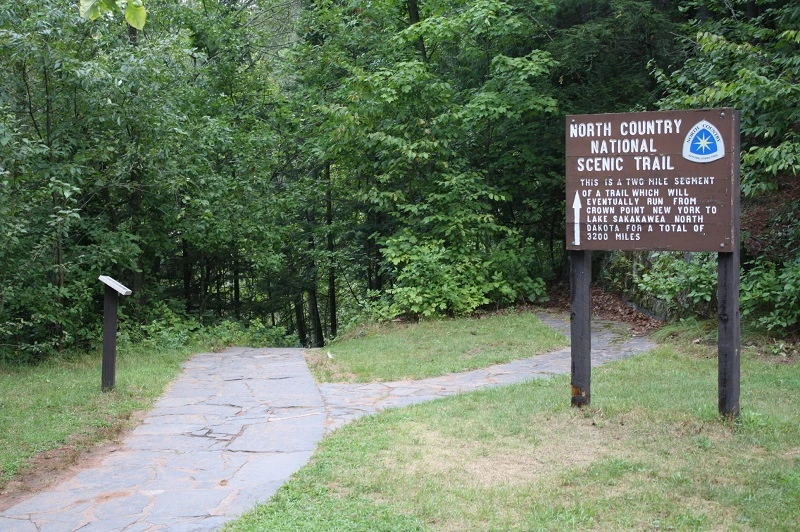
Traversing some 4,600 miles across eight states (Vermont, New York, Pennsylvania, Ohio, Michigan, Wisconsin, Minnesota, and North Dakota), North Country National Scenic Trail, offers an incredible opportunity for adventurers to explore the diverse landscapes of North America.
In the picturesque state of North Dakota, the trail unveils a unique and captivating blend of natural beauty, showcasing the untamed splendor of the prairies and the striking geological formations that define the region.
From the serene vistas of Lake Sakakawea State Park to the rolling grasslands of Sheyenne National Grassland, the trail allows you to immerse yourself in the tranquil embrace of the outdoors and reconnect with the wonders of the natural world.
Lewis & Clark National Historic Trail
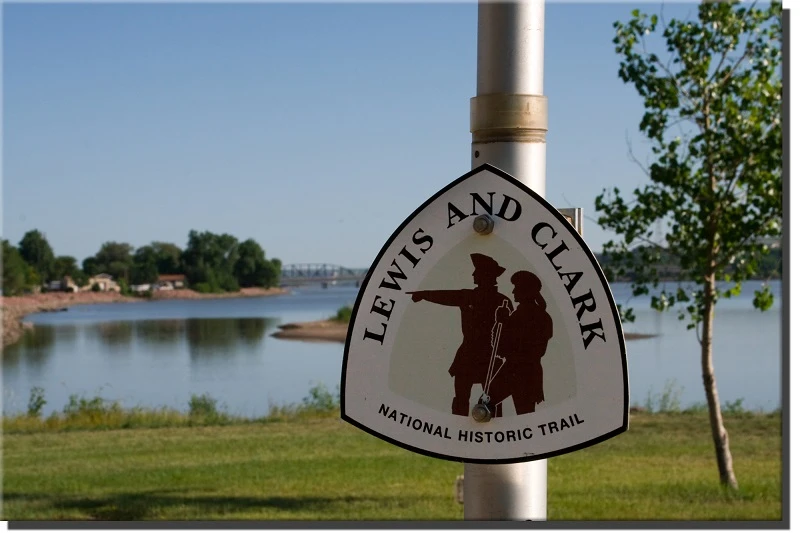
Between 1804 and 1806, this expedition was conducted under the direction of Captain Meriweather Lewis, a close friend, and Lieutenant William Clark. On April 30, 1803, France and the United States signed the Louisiana Purchase Treaty.
In accordance with this deal, the United States paid $15 million to acquire 828,000 square miles of land west of the Mississippi River at a cost of 4 cents per acre.
The United States was able to expand west and double in size because to this important purchase. Captain Meriweather Lewis, his companion, and Lieutenant William Clark served as the expedition’s captains between 1804 and 1806.
On April 30, 1803, the United States and France signed the Louisiana Purchase Treaty. 828,000 square miles of land west of the Mississippi River were acquired by the United States via this arrangement for a total price of $15 million, or 4 cents per acre.
This important acquisition helped the United States grow westward and by a factor of two.
Conclusion
While North Dakota has just one official National Park, we hope you will visit the other national parks in North Dakota. The Historic Sites remain undiscovered, that much is certain.
Nevertheless, they may both be viewed in a brief visit while traveling to or from other locations and provide an intriguing glimpse into the region’s past.
